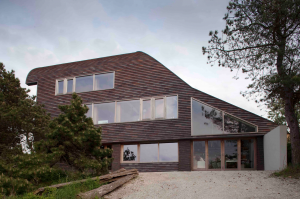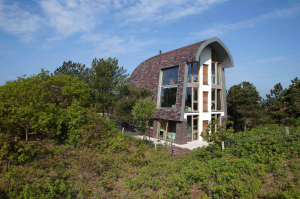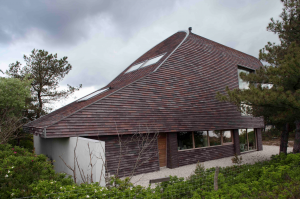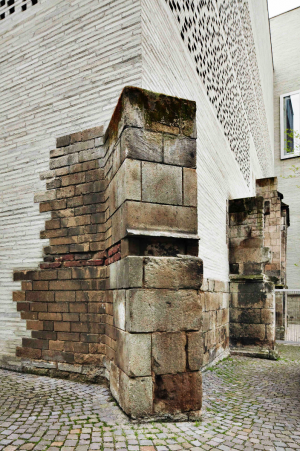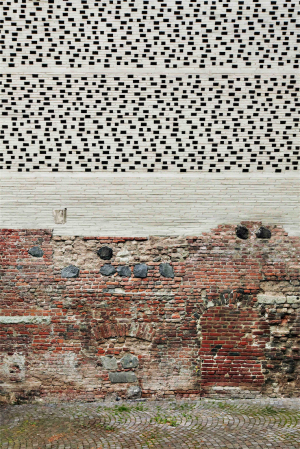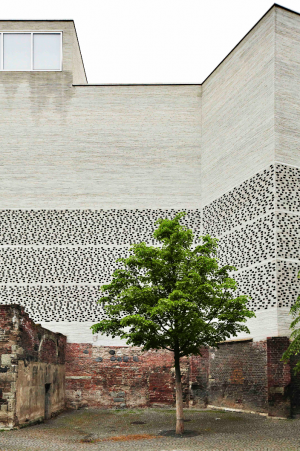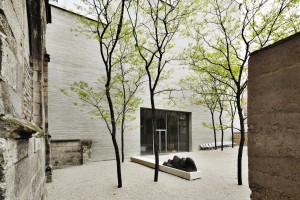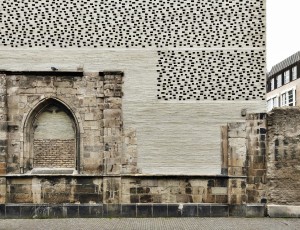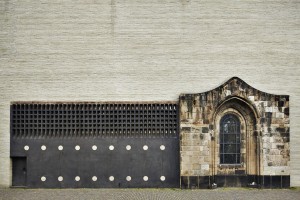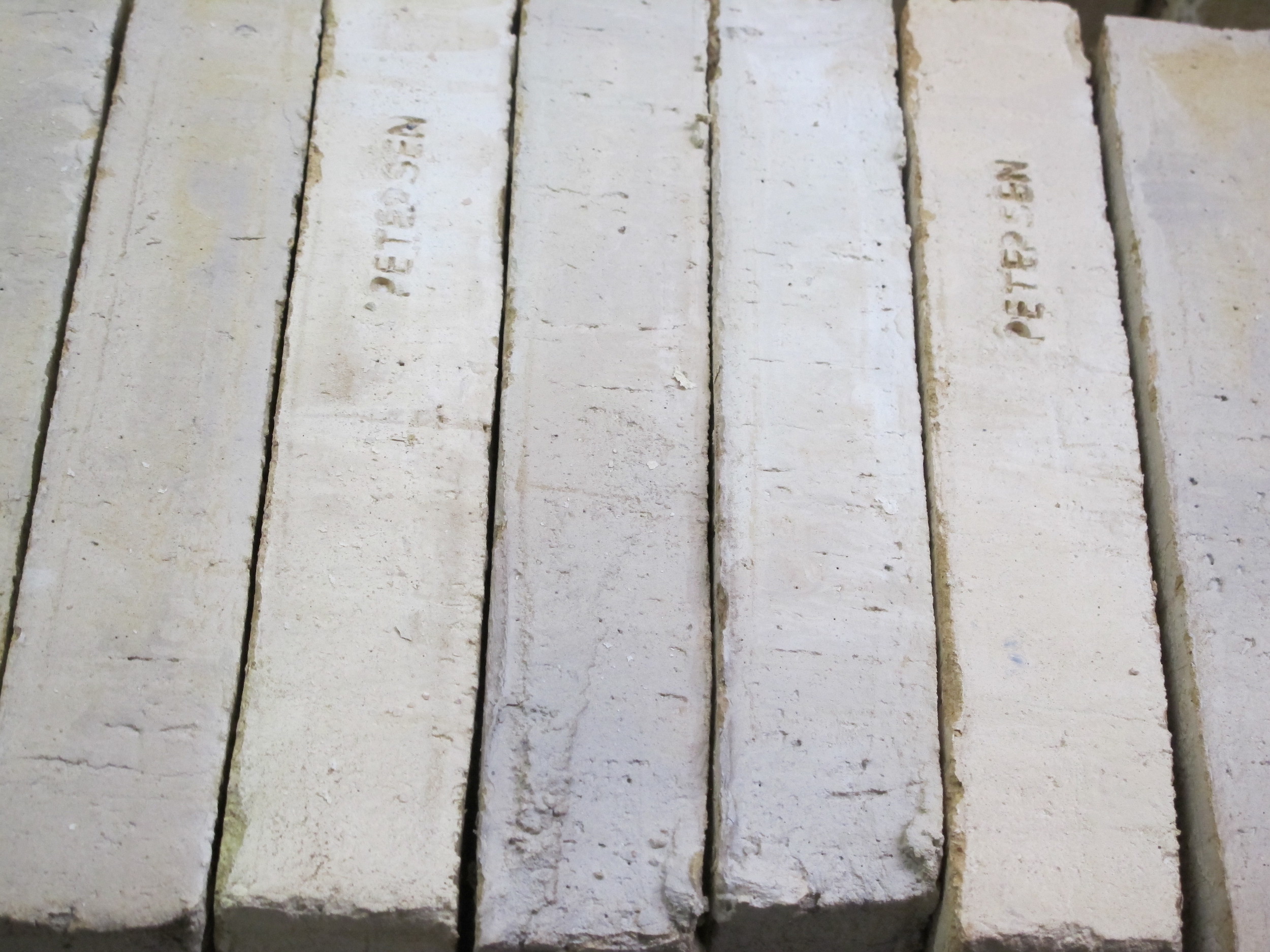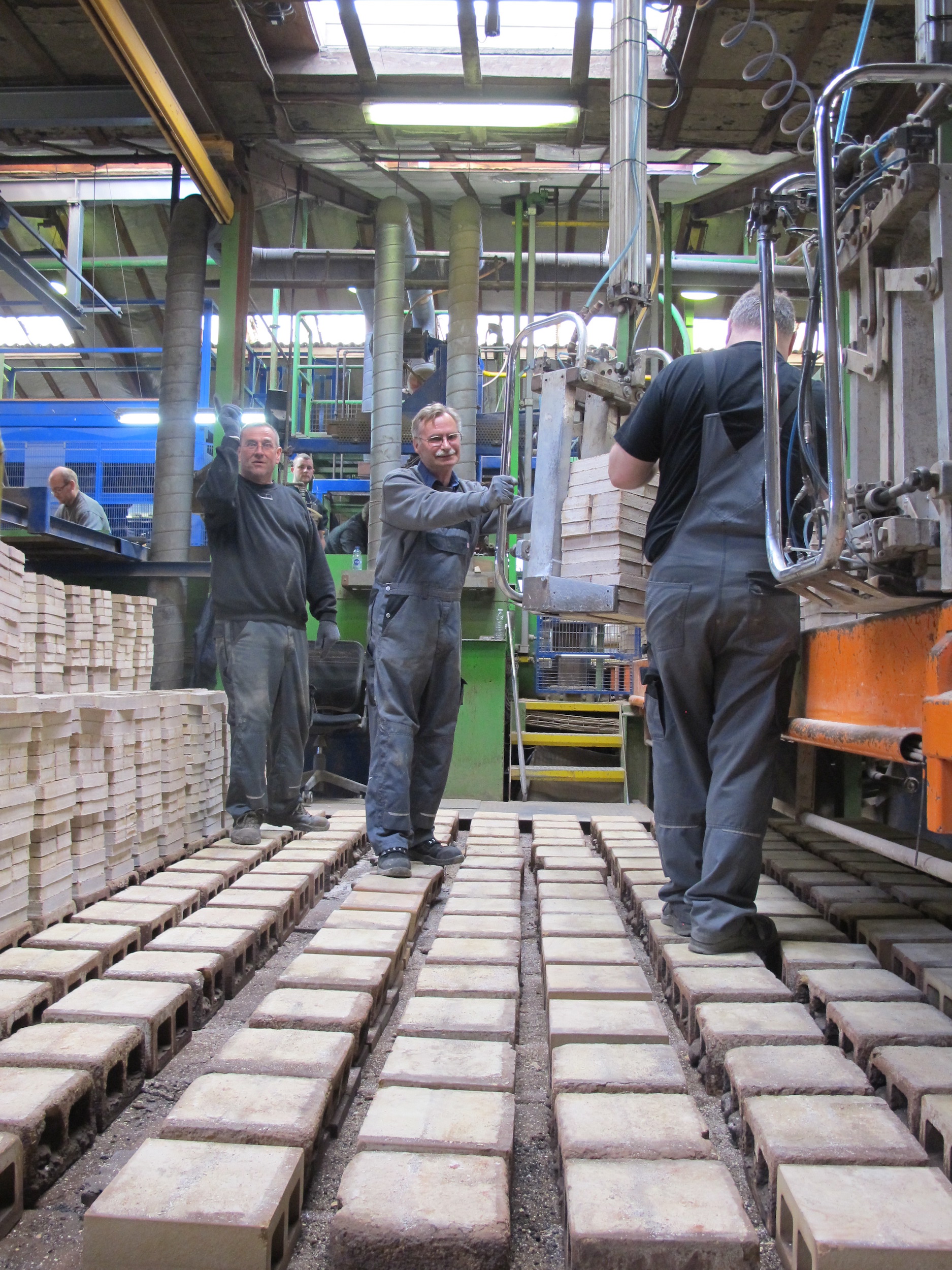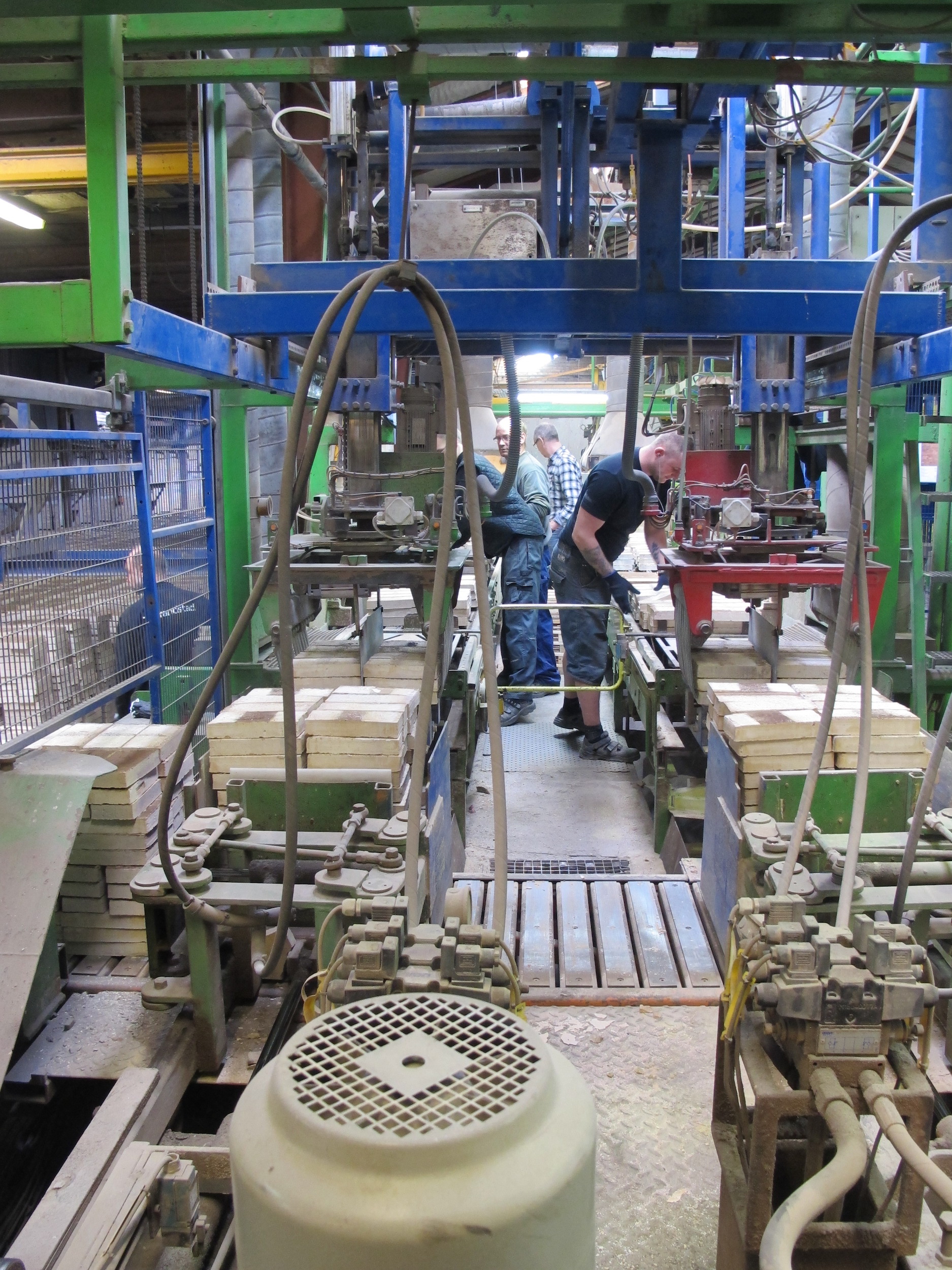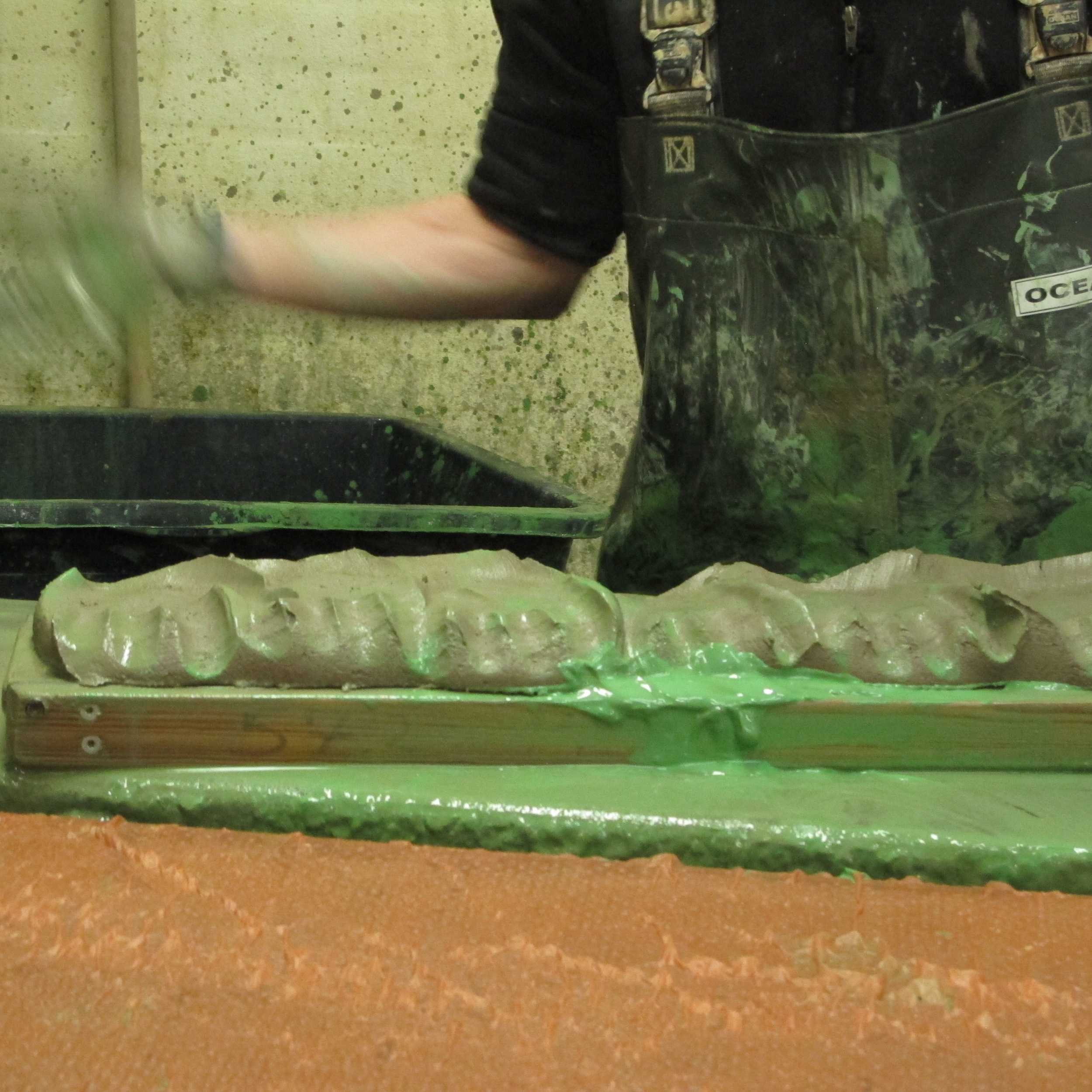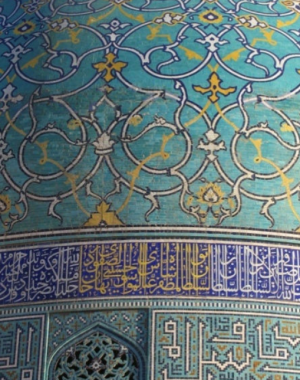Christian A. Petersen
 Kolumba Museum, photo: Anders Sune Berg |
|
BRICKS THAT AROUSE THE ARCHITECTURE |
||
|
We have chosen Christian A. Petersen as a personality of architectural ceramics, who built his success outside of the mainstream of brick manufacturing. What does lead him to this singular position? How can he achieve the miracle of a hand-made and unique brick production, at the industrial scale? |
Let’s go to Broager, in the Sønderborg area, South of Denmark, for a turn around the brickyard, guided by its amazing Danish owner and manager, Christian A. Petersen. |
|
|
|
On the opposite of trends The story of Christian A. Petersen’s success begun in 1969, when he took over the factory, after the sudden death of his father. He was 28 years old, trained in ordinary ceramics at an engineering school in Bavaria, before working for the Swiss Laufen Group, a global leader in bathroom ceramics manufacture. “At the time, the market consisted of nothing but machine-made, uniform red and yellow bricks.” Recounts Christian A. At the opposite, he chooses to keep making the same product of his grandfather, using simple elements: clay, sand and water. Two other strong choices strengthened the Petersen manufacturing’s singularity.
|
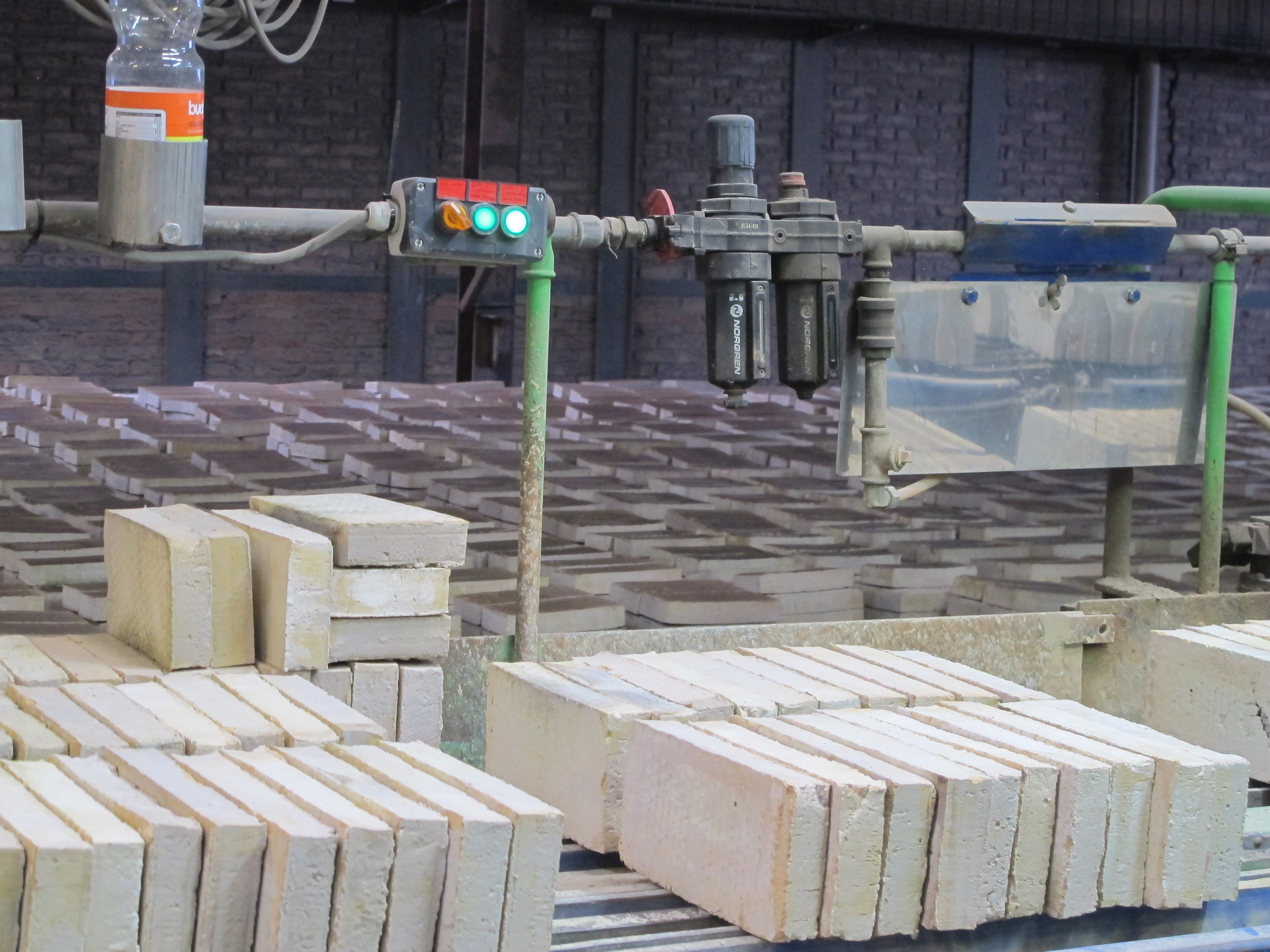 In the early 1980s, the coal-firing to face the oil crises is a new feature of Petersen’s bricks. Finally, a phone call was made to Peter Zumthor, commissioned to design the Kolumba Museum and looking for the relevant brick for this project. Christian A. sets off the production of an oblong and grey brick, a firing error occurred and it turned greenish. We are in 2000, the famous brick Kolumba is born and the close collaboration with architects launched Broager becomes the place where the dream of a custom-made material that perfectly fits the architecture of a building can be realized Speaking with Christian A., the recipe for success could be a combination of continuity, pragmatism, madness and mistakes. In the early 1980s, the coal-firing to face the oil crises is a new feature of Petersen’s bricks. Finally, a phone call was made to Peter Zumthor, commissioned to design the Kolumba Museum and looking for the relevant brick for this project. Christian A. sets off the production of an oblong and grey brick, a firing error occurred and it turned greenish. We are in 2000, the famous brick Kolumba is born and the close collaboration with architects launched Broager becomes the place where the dream of a custom-made material that perfectly fits the architecture of a building can be realized Speaking with Christian A., the recipe for success could be a combination of continuity, pragmatism, madness and mistakes. |
 |
|
|
Among “crazy” people Christian A. Petersen’s day begins at 7 am with a walk in the three factories, to say hi, chat and joke with everybody. The ritual is his way to look after the brickworks and keep a very close contact with all of his guys, keeping them deeply engaged and encouraging their creativity. Every step of the brick production requires a manual skill, something between the craftsman’s gesture and the farmer’s one. Each worker has a special talent and a self-expression that makes part of the uniqueness of the material. “These people can only work it this way, they can not use machines, they have to make it by hand.” Comments Christian A. Nobody has a diploma in ceramics, but each knows the material better than anyone, and takes a true pleasure to manipulate clay, day after day. Is that part of the mystery of ceramics for centuries? As soon as you try, you adopt it, completely attracted by the sensuality of the material. A kind of an ancestral gesture repeated forever, a fascinating touching to a malleable material coming from earth, a way to keep a link with nature. All of it is present in Petersen brickworks, captivating incredible workers, able to make amazing mixtures to add a new color, shades & tones, at the collection of bricks whose diversity and variety already exceed the expectation, or to tattoo the brick Kolumba on their arm. We are among a kind of family, the bricks’ companions of duty, who achieve daily masterpieces. |
|
 |
|
|
Custom-made bricks One more talent that makes the success of Christian A. is his sense of hospitality. Your visit in Broager will stay in your memory for a long time, as a moment of exception. Architects are welcome in Broager and any collaboration encouraged. The place gives the feeling of access to a world apart, where, concerning the brick, the impossible does not exist.
|
A brick reflecting the sunset, a brick with textures and hues to harmonise with multifarious and centuries-old brickwork for the European Hansemuseum in Lübeck, a red brick cladding that glides down over the roof and without comices, over the long façades of a family home in Belgian, a brick dark and full of character to form a contrast with the light brickwork in St Pancreas, London, architects come there with any incredible or mad demand. Christian A. Petersen wants to exhaust their desires. The collaboration with Zumthor produced one of the most famous bricks, the Kolumba, the one with the Dutch couple Min2, the Cover, a new award-winning brick product. Finally, to complete all of those amazing points. Both bricks are hand-made in wooden moulds and extend the range of brick building, allowing new architectural design and contemporary aesthetics. |
 |
|
|
What about the future of brickworks? “The brick has an extremely bright future,” affirms Christian A. Sure the brick is a natural material that lasts for hundreds of years. Sure, Petersen Tegl offers an amazing choice of shape, textures, colors, able to fit into contemporary architectural projects, as well as authentic restorations of historical monuments. Brick building can open a real path to sustainable architecture. |
 |
| Credits potographers: Kolumba Museum: Anders Sune Berg The Min house: Paul Kozlowski Factory : Carine Bel |
Industrialists
Telg Petersen, Jin Jin, Seyed Masoud Mousavizade & Farnoosh Daneshpanah, their experience as entrepreneurs
(read more...)
